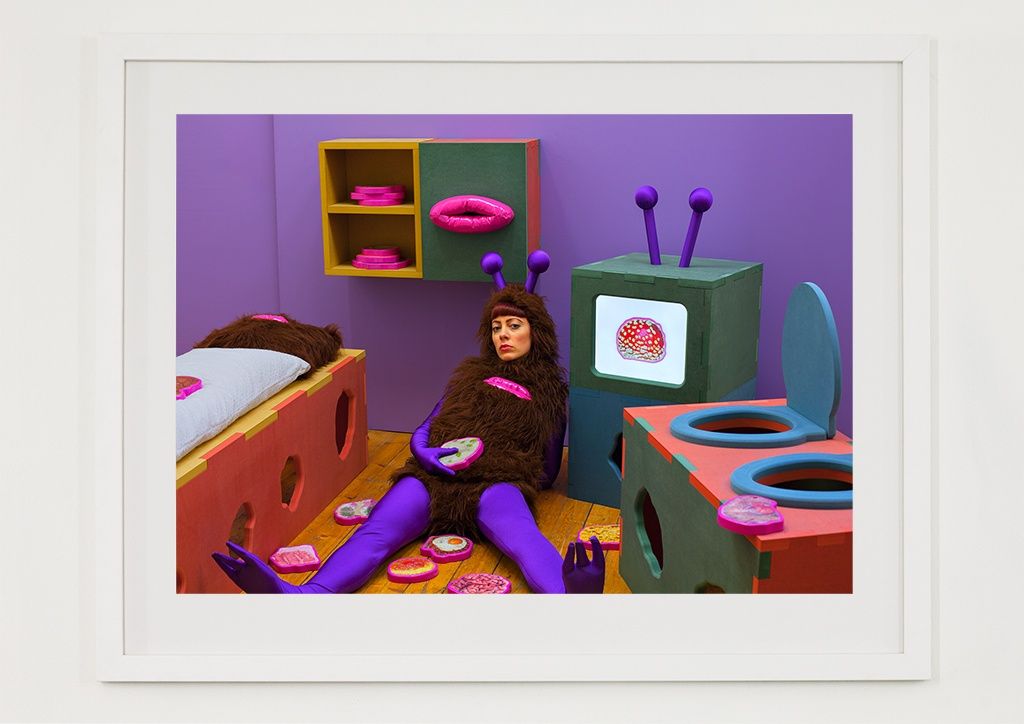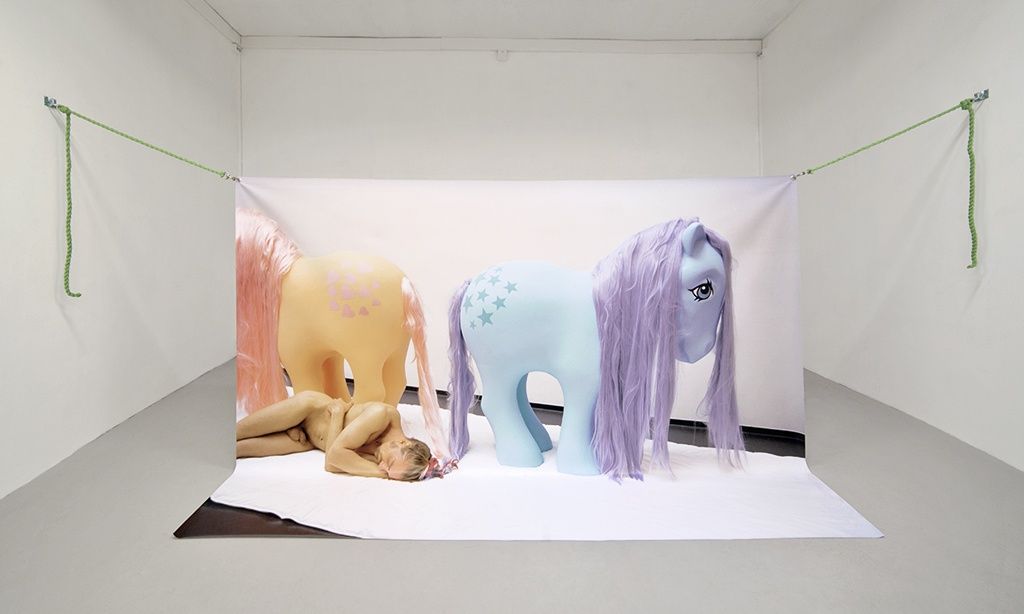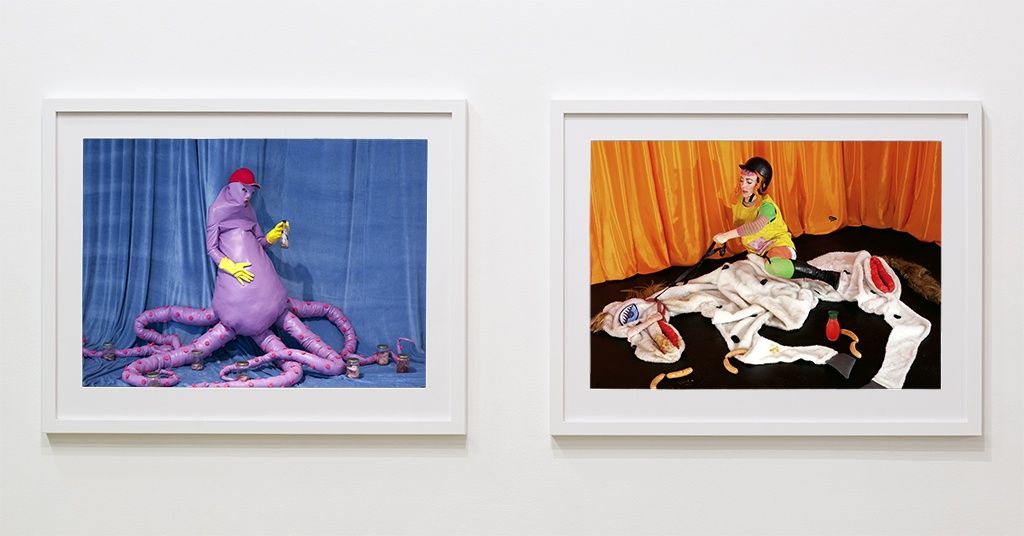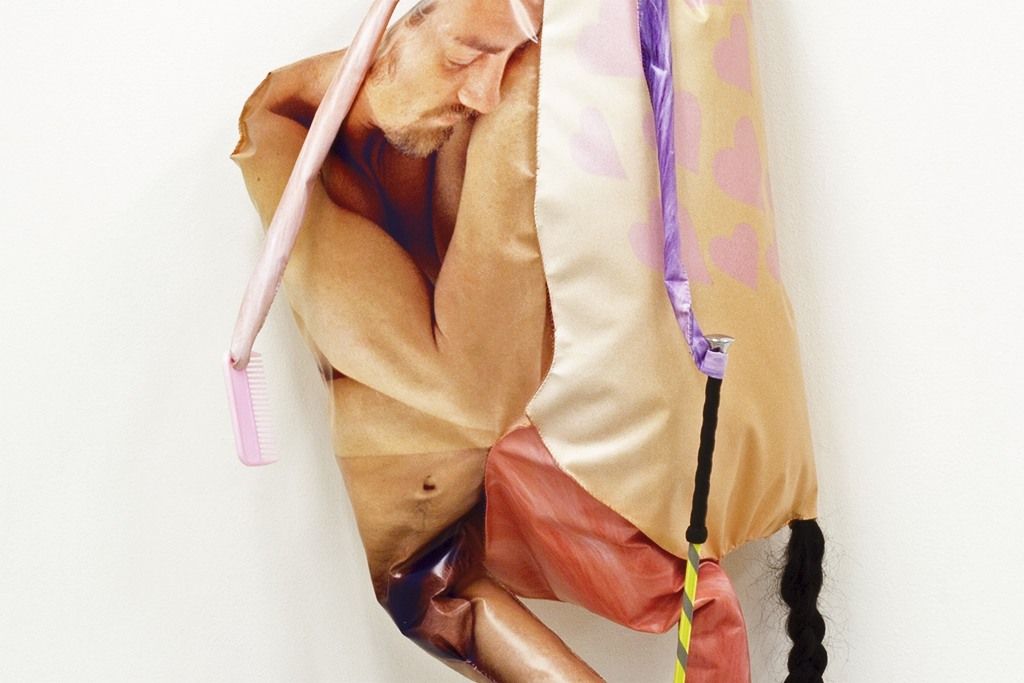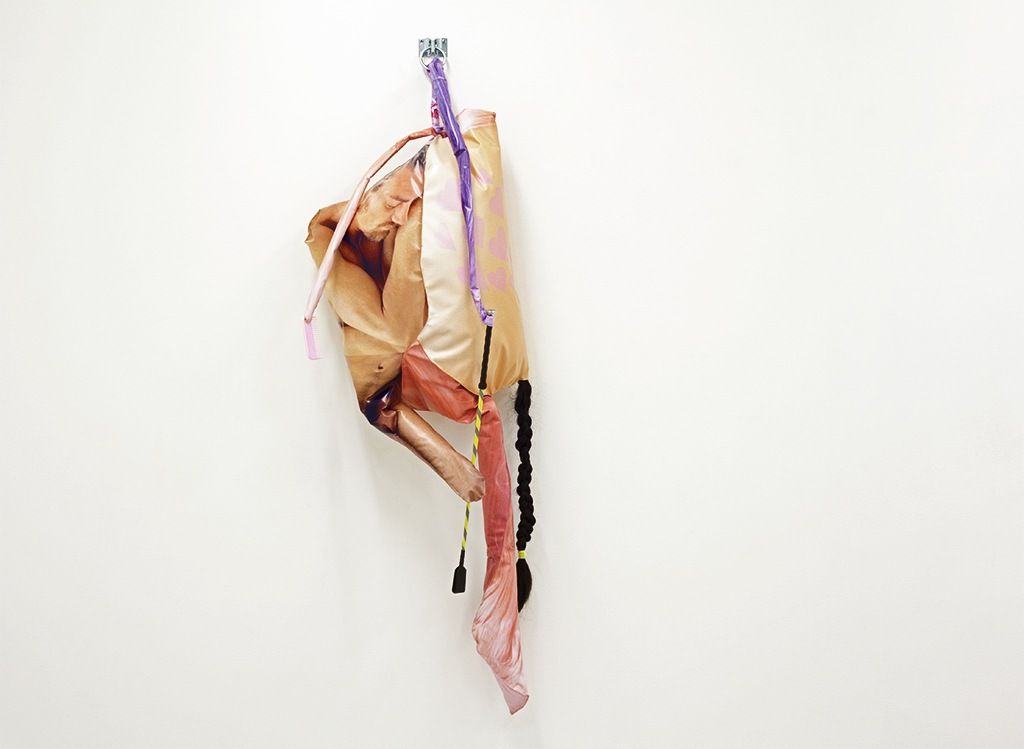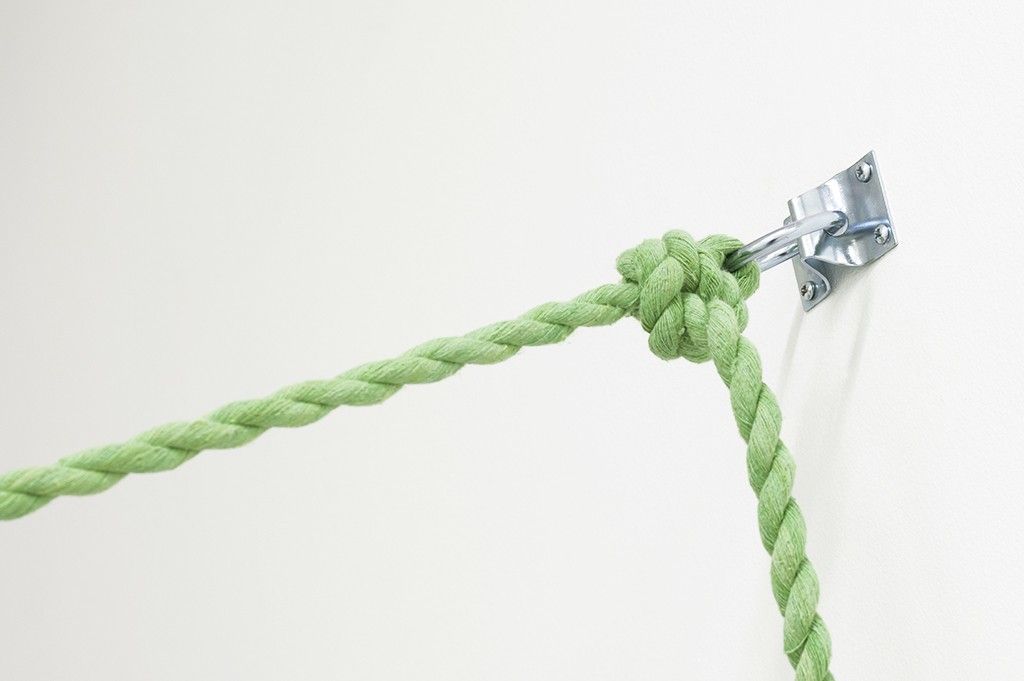Challenging habitual categories, juxtaposing the childlike and the violent, Carr's works can in subtle ways question our basic inclination towards violence and the categorising of people apparent in politics and social media today. Carr's previous solo exhibitions include CANDYLAND (Stockholm, SE), Skåne Art Association (Malmö, SE), the Agency Gallery (London, UK), POPPOSITIONS Art Fair (Brussels, BE) presented by NoPlace (Oslo, NO), Trøndelag Centre for Contemporary Art (Trondheim, NO) and Akershus Art Center (Lillestrøm, NO). She recently participated at the group exhibitions “When Will I Be Little Again?” at Tadeusz Kantor Museum (Kraków, PL) and “Menneskeberget” at Edvard Munch's studio, Ekely (Oslo, NO). Performances include NOoSPHERE (New York, NY), Miami Performance International Festival '15 (Miami, FL), Le Générateur (Paris, FR), Open Forum, Kunstnernes Hus (Oslo, NO) and W139 (Amsterdam, NL). In addition to her own practice Carr has run the pink exhibition space PINK CUBE in Oslo for five years, with body fluids in the wall paint.


